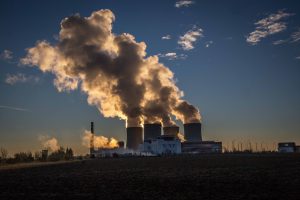Powerstations & Wind mills
The preservation and longevity of power generation plant and stored machinery components is a significant problem, particularly in prolonged cold shut down situations.
Power station protection and component preservation using the desiccant method is not new. Since the mid 60’s dehumidifiers have been employed in the power industry as a barrier to moisture related degradation.
Places in a power station where drying is recommended during shut down include:
Re-heater – tubes are thinner than superheater tubes and more susceptible to corrosion. Inter-granular attacks on austenic stainless steel can be minimised using dry air.
Generator – it is important to keep the windings dry to prevent corrosion and ensure a shorter restart time. Dry air can also supplement generator heaters.
Condenser – must be kept dry after flushing to allow recoating of water boxes and tube plates.
Feed & Condensate Pipes – important to eliminate internal corrosion on pipes as oxides can contaminate feed water.
Reactor Vessel – Where access is required, dry air is required to purge out CO2, eliminate corrosion and to dry the graphite prior to refilling with CO2.
Boiler – surface temperatures of fireside boiler tubing drop below the dewpoint and form condensate. The condensate reacts with sulphurous parts of the ash and acid deposits and hydrolyses, forming a highly acidic solution. The end result is rapid, localized attack of the metal surface.
Turbine – one or multi part turbine comprises large amount of water after shut down because of deep slops at the case bottom. Dry air prevents blends and otfer turbine parts against corrosion.
